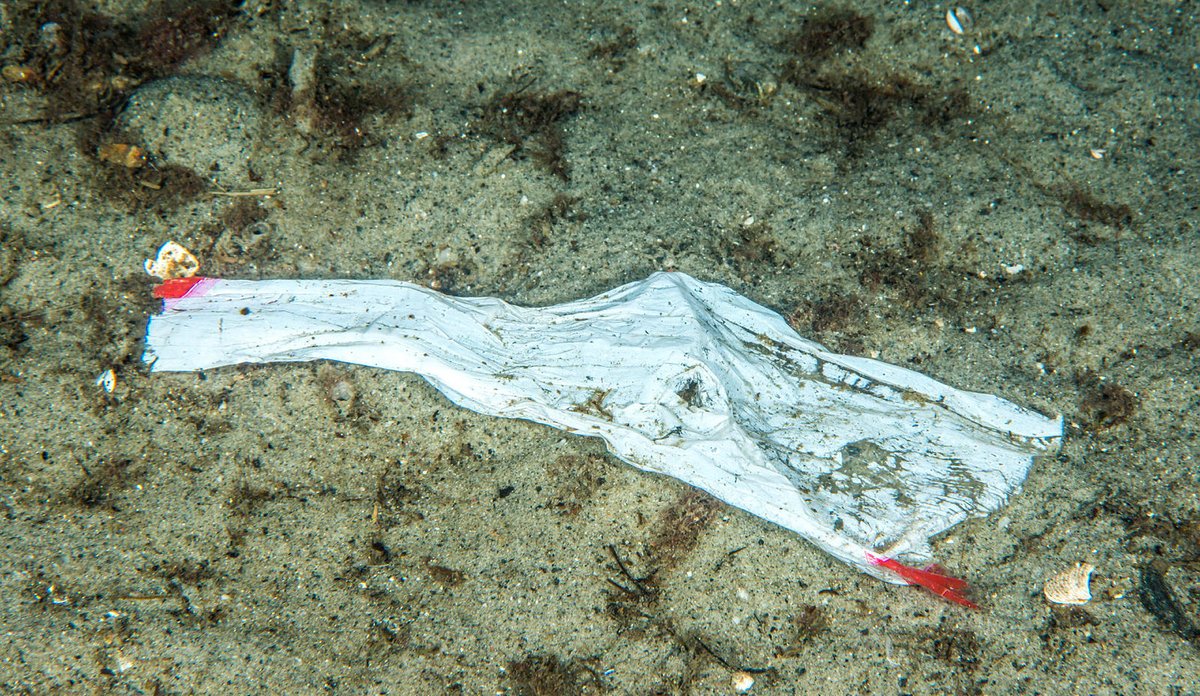Ocean Microplastics on the Rise

Plastic waste in the ocean can turn into microplastics. Photo: Erling Svensen / IMR
Published: 25.08.2025
IMR researchers and colleagues from Ecuador, USA and Germany have investigated how the amount of microplastics in the sea west of Ecuador has increased from 2008 to 2018. The results were alarming, with a doubling of microplastic abundance in seawater over eleven years.
The new research published in Marine Pollution Bulletin presents an 11-year temporal assessment of microplastics in seawater off the coast of Ecuador.
Together, and with former IMR researcher Ørjan Bjorøy†, the team analyzed data from marine stations located about 20 kilometers off the coast of Ecuador. Data were collected during 2008-2018 and modeled across four fixed marine stations.
The team then used forecast models to demonstrate what the ocean may look like regarding microplastic abundance in regional seawater going all the way out to the year 2100.
Microplastics in all samples
"All samples contained microplastics, and at all four stations there was a significant increase from 2008 to 2018," says Bank.
Plastic fibers were the most abundant type of microplastics, and the most frequently occurring polymer types were polyethylene and polypropylene (the former is the most common polymer, and the latter is commonly used in packaging and household items).
Great variation – but increasing trend
The data show a doubling rate of microplastic abundance in seawater in the water column over the 11-year period of the investigation and with a ten-fold increase by 2100.
Furthermore, the microplastic abundance in the ocean closely tracked world plastic production – meaning that the more plastic society produces, the more we find in marine ecosystems.
Based on the increase from 2008 to 2018, the researchers expect a tripling of the amount of microplastics in the ocean off Ecuador by 2030. If the trend continues, we will have a five-fold increase by 2050 and a ten-fold increase by 2100.
“Despite the success of this effort, we also recognize the inherent difficulties in extrapolating this unique data set to other parts of the ocean, especially since the ocean is not polluted in a uniform manner by microplastics due to variable land/sea exchange inputs, atmospheric deposition, and complex ocean circulation patterns,” says Bank.
Affects marine ecosystems
Marine microplastics have several negative effects on marine life.
"Living organisms can mistake microplastics for food, which can be harmful to their health. Since environmental contaminants and bacteria can bind to microplastic particles, the organisms that consume these plastic particles are also potentially vulnerable to impacts from these associated chemicals and disease," says Bank.
Timely Results
The results from this investigation are timely and arrived just as global governments and stakeholders tried to negotiate an international legally binding instrument on plastic pollution at the United Nations in Geneva during the 05-14 August 2025 conference.
"Although it was disappointing that a new plastic agreement was not reached, several countries remain committed to the goals and mission of preventing plastic pollution," says Bank.
References
Bermúdez, J., M. Metian, P.W. Swarzenski, M.S. Bank, Ø. Bjorøy, J.J. Cajas, R. Bucheli, R. González-Muñoz, J. Lynch, E. Piguave, N. Vargas, K. Vilela, L. Calle, M.J. Borbor-Cordova, and N. Gaibor. 2025. Marine microplastics on the rise in the Eastern Tropical Pacific: abundance doubles in 11 years and a ten-fold increase is projected by 2100. Marine Pollution Bulletin 221,118437. https://doi.org/10.1016/j.marpolbul.2025.118437
Li, C., J. Liu, M.C. Rillig, M.S. Bank, P. Fantke, D. Zhu, Y-G. Zhu, L. Jin. 2024. What harmful microbes are lurking in the world’s 7 billion tonnes of plastic waste? Nature 634, 30-32.
† Ørjan Bjorøy died in 2022. He was central to the development of the IMR plastics laboratory and method development.
